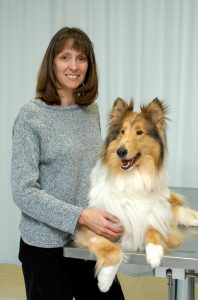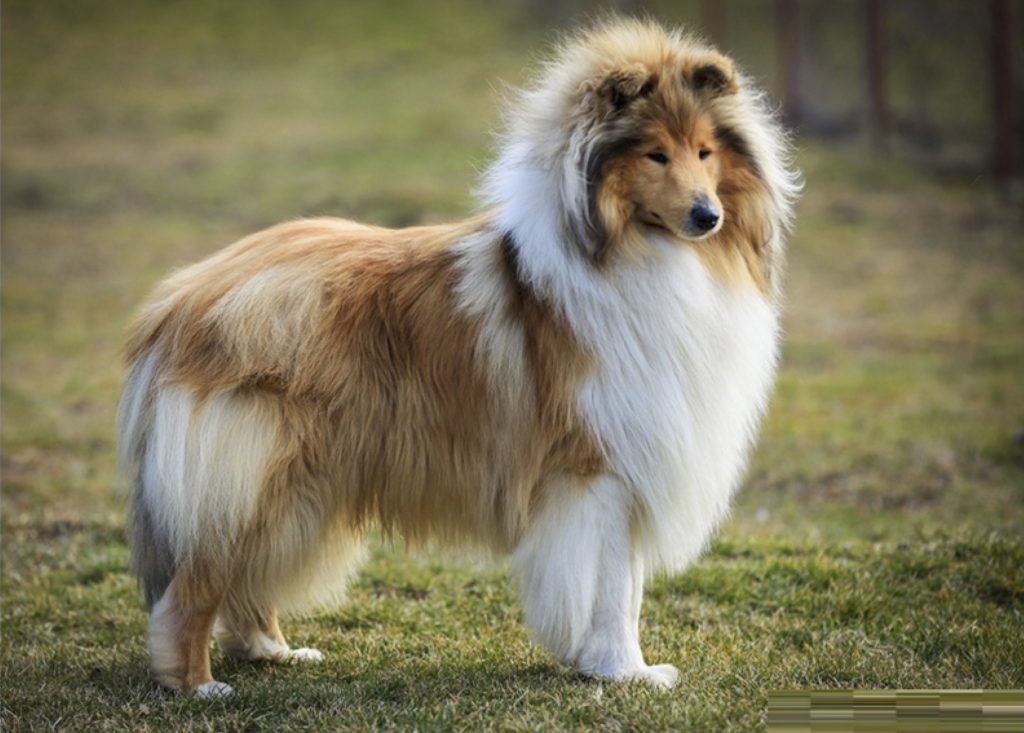360 — Specialty vs All Breed Dog Shows
Specialty vs All Breed Dog Shows
In certain breeds, the judging of breed specialists and specialty shows draws higher entries and is of greater interest to the exhibitors than the day-in, day-out all-breed shows with which most of us are familiar.
In part one of this panel discussion, three exhibitors and judges from some of these breeds share their thoughts about why this is so.
“We wanted to take back ownership of our breed. Generic dogs were winning at all breed shows versus the details of breed type that breed specialist judges would reward.”
Our panelists are:
David Alexander, Bull Terrier Breeder,
Jason Nicolai, Staffordshire Bull Terrier Breeder
Marcy Fine, Collie breeder.
Bull Terriers, Staffordshire Bull Terriers, and Collies are all breeds in which specialties are the holy grail and all-breed dog shows are considered less important.
Take a listen to part one of this challenging conversation about the “why” and join us next week when we talk about the solutions. My thanks to Lorelei Craig, President of the Staffordshire Bull Terrier Club of America for arranging this panel of experts.
331 – John Buddie part 2: Respect, Reverence and Romance
John Buddie part 2: Respect, Reverence and Romance
Master Breeder, John Buddie, Tartanside Collies, talks about the three “Rs”: Respect of the individuals who went before, reverence of finding and holding these people in high regard, and the romance of the history and studying the lore of the breed.
“If it’s all statistics and numbers and cut and dried, I think you burn out,” Buddie said.
In the second half of our interview, Buddie talks about maintaining virtues, the importance of selection and having heroes.
“You can lose the existing quality in a line by not maintaining emphasis on virtues, especially when you are trying to achieve improvement in an outcross,” Buddie said. “Don’t put so much emphasis on that new added characteristic that you lose sight of what you’ve worked so hard on to date”
Outcrosses
“You don’t always get the results you were aiming for until the generation after what you’ve done. The key is what you do with the outcrossed generation that makes or breaks you.”
Selection, selection, selection
- Take time to really observe and evaluate puppies at various ages.
- Don’t get rid of a puppy too early or too late.
- Good, but not good enough. Is it the best of the best or the best of what you have?
- Make a list of virtues of sire/dam… Identify what you most want to keep a puppy for from the litter.
- Watch puppies in a pen. Too many folks want to just pick up and look at profile.
- I take my time when evaluating puppies. People rush to judgement.
- Photos give you a static picture and can be inaccurate based on how legs are placed.
- More important to see in a natural position.
Back in the day, the optimum time to finish a dog was three years old, Buddie noted.
“I’m afraid too many people are just getting the points, not really appreciating the dog show itself, the evaluation process, who you showed to and what a difference it made.
“Be stimulated by being inspired. Just make sure you’re inspired by the right person who really believes in the sanctity of the breed and the sport,” Buddie said.
Listen to Part 1 of our conversation here.
246 – WSU Researcher Discovered the MDR1 Gene that Saves Lives
Meet the Researcher Who Discovered the MDR1 Gene
Herding dog owners everywhere should know their dogs may be sensitive to ivermectin, the powerful antiparasitic drug common in most worming medication. Now you can hear directly from the researcher who discovered the MDR1 gene mutation that causes this reaction.

Dr. Katrina Mealey, Ph.D, DVM, WSU Researcher, who discovered the MDR1 gene mutation.
Washington State University’s Dr. Katrina Mealey, Ph.D., DVM discovered the gene literally by serendipity. While studying for her advanced degree, she encountered a journal article from the Netherlands. The article discussed treatment of a routine case of mites in laboratory mice, some of which had been engineered to remove the MDR1 gene. All of the mice who were missing the gene died from the treatment.
This caused Mealey to begin research to locate the gene in dogs.
From the WSU Foundation: “Mealey had barely graduated from high school when the antiparastic drug ivermectin came on the market, which quickly became known as a super-weapon for animals and humans against parasites, such as mites, heartworms, and lice. In a small percentage of certain dog breeds, however, veterinarians found an ivermectin treatment could prove fatal. While the antiparastic could cure a poodle, it might kill a collie. Based on those results, veterinarians followed the guideline, ‘White feet; don’t treat.’ But, no one really understood the why behind the differing responses.”
Mealey also invented the cheek swab that tests whether dogs carry the MDR1 gene mutation or not.
“Seventy five percent of Collies have the MDR1 gene mutation that makes them susceptible to fatal reaction to antiparasitic drugs like ivermectin,” Mealey said. “Whereas, Shelties only have 10 percent of the population affected.”
Dominant mutation
The MDR1 mutation is a dominant trait, Mealey added. If a dog has one copy of the gene, it will have drug sensitivity. If it has two copies, it will have more severe sensitivity.
Mealey’s ongoing research has indicated that dosage is the critical component to sensitivity. The low-level dosage of ivermectin contained in heartworm treatment is generally safe, she said, but the super high doses required to treat mange, for example, can be deadly.
Mealey has found the mutation in Silken Windhounds and even a very small number of Boxers.
Early effect of popular sire syndrome
According to extensive research at UC-Davis, Mealey said they have concluded that the MDR1 mutation originated in a herding dog before specific breeds were established.
“They theorize this was a dog particularly good at herding sheep, that became a popular sire. By the time breeds were established in the British Isles, they all carried this mutation,” Mealey said.
Researchers have not identified the mutation in herding breeds that originated in other parts of the world. It is seen primarily in Collies, Shetland Sheepdogs, Old English Sheepdogs, Australian Shepherds, etc.
For more information on Mealey’s work, check out: https://foundation.wsu.edu/2018/04/03/dogs-best-friend/



